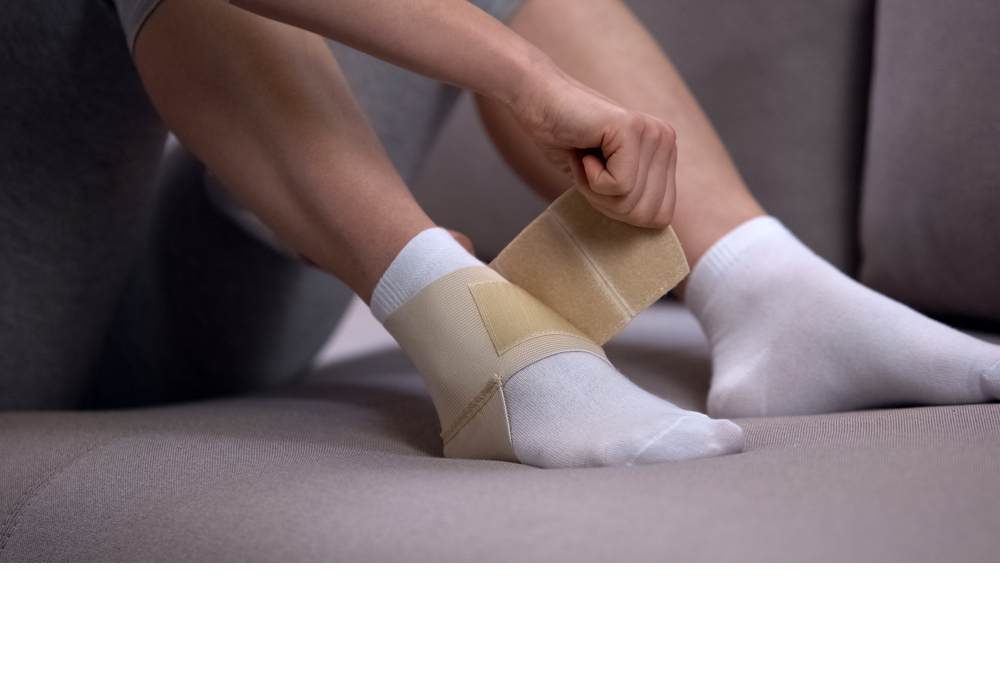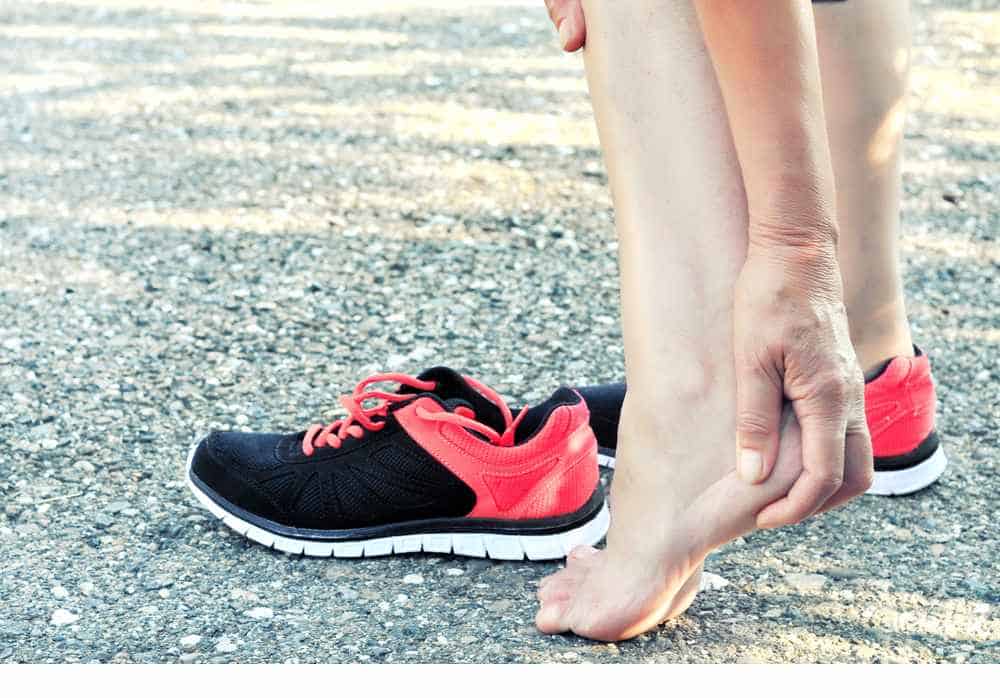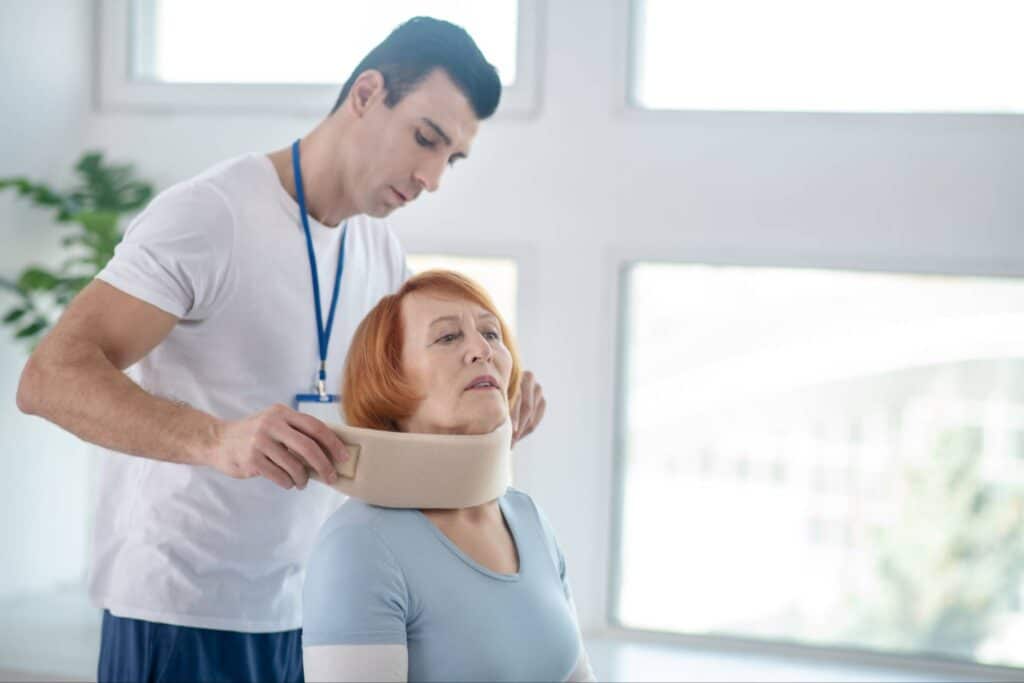The last thing you want to deal with when going about your day is heel pain. Sometimes you don’t realize just how much you rely on your feet to get you where you need to go until the pain starts to interrupt. Heel pain may occur because of a heel injury that needs medical treatment so you can experience lasting pain relief. You may notice heel pain starts to gradually appear over the course of a few days, or it may get worse with certain activities. When you have pain along the bottom of your heel and the back of your foot, it can make simple movements like walking or moving from sitting to standing incredibly uncomfortable. Talk to a foot specialist if you experience heel pain and let them know when you notice it most often, what makes it better or worse, and how long you have experienced it. In most cases, heel pain occurs due to repetitive stress on one or both feet. Learn more about common causes of heel pain and your options for treatment and lasting relief.
3 Reasons Why Your Heels Hurt
Did you know that 26 bones, 33 joints, and over 100 tendons make up the foot and ankle? Overuse or injury to any one of these structures in your foot or ankle can lead to pain and other uncomfortable symptoms. Here are 3 of the most common causes of heel pain.
Plantar Fasciitis
Putting too much repetitive pressure on your feet can cause the plantar fascia ligament to become inflamed. The plantar fascia is a thick cord of tissue that connects your toes to the heel of your foot. This ligament runs along the sole of your foot and provides shock absorption and arch support. You depend on the plantar fascia in each foot to help you walk and bear weight on your feet. Too much wear and tear on your feet can cause inflammation of the heel, which typically causes pain and stiffness known as plantar fasciitis. Pain from plantar fasciitis typically occurs at the bottom of the heel and may extend into the arch of your foot. Plantar fasciitis pain typically develops gradually over time and can feel like a burning or aching sensation. You may notice this pain is worse after you wake up and take your first steps or if you have been sitting or lying down for a long time. Standing, walking, or running for long periods can worsen plantar fasciitis pain and lead to increased inflammation and stiffness.
Stress Fracture
Another way repetitive stress on your feet can lead to heel pain is because of a stress fracture. A fracture refers to a broken bone, though not necessarily an obvious one you can see or that requires a cast. A stress fracture typically looks like tiny cracks or breaks in a bone. A stress fracture of your heel bone, known as a calcaneal stress fracture, typically occurs because of repetitive stress on your heel. Joggers and runners are at greater risk for stress fractures in their legs and feet due to the pressure and stress these activities can put on the body. Your feet hitting the hard pavement over and over can result in stress fractures that create swelling and bruising in the area. A stress fracture can make it painful to put your full weight on the affected foot.
Achilles Tendinitis
Inflammation of the Achilles tendon is known as Achilles tendinitis. The Achilles tendon connects your calf muscle to your heel and supports everyday movements like walking, jumping, running, and standing on the balls of your feet. Overuse or damage to the Achilles tendon can lead to Achilles tendinitis. Pain from Achilles tendinitis commonly occurs in the heel and behind the calf. This pain may get worse when you walk, run, or exercise. Achilles tendinitis can also cause swelling along the back of your foot. You may notice your foot and ankle feel stiff and sore when you first wake up in the morning. An injured or torn Achilles tendon can make it difficult to stand on your toes or flex your feet. You can develop Achilles tendinitis from going right into an activity without warming up first, especially one that repetitively engages the Achilles tendon. Sports like football and tennis require sudden starts, stops, and changes of direction that can put added pressure on the ankles and feet.
When to See a Doctor for Heel Pain
 You should contact your doctor immediately if you notice sudden, severe pain in your foot. You should also seek prompt medical care if pain, swelling, and redness around your heel prevent you from bearing weight on your foot. When home remedies are not enough to soothe heel pain, talk to your doctor before the pain gets worse or goes on for too long. While you might be tempted to fight through the pain, you could end up making a minor injury into a more serious one without prompt treatment. Muscle strains and joint sprains can also cause pain in other parts of the body, so you want to see a doctor with the knowledge and expertise to determine the source of your pain and diagnose your injury. The sooner you get an accurate diagnosis, the sooner you can get started on effective treatment options that will provide lasting pain relief. Your doctor may request diagnostic imaging tools like an X-ray or CT scan to get a more detailed look at the structures in your ankle and foot to pinpoint what exactly is causing your pain and other symptoms.
You should contact your doctor immediately if you notice sudden, severe pain in your foot. You should also seek prompt medical care if pain, swelling, and redness around your heel prevent you from bearing weight on your foot. When home remedies are not enough to soothe heel pain, talk to your doctor before the pain gets worse or goes on for too long. While you might be tempted to fight through the pain, you could end up making a minor injury into a more serious one without prompt treatment. Muscle strains and joint sprains can also cause pain in other parts of the body, so you want to see a doctor with the knowledge and expertise to determine the source of your pain and diagnose your injury. The sooner you get an accurate diagnosis, the sooner you can get started on effective treatment options that will provide lasting pain relief. Your doctor may request diagnostic imaging tools like an X-ray or CT scan to get a more detailed look at the structures in your ankle and foot to pinpoint what exactly is causing your pain and other symptoms.
Treatment Options for Heel Pain
 Your treatment options for heel pain will vary depending on a variety of factors, including the severity of your pain, type of heel injury, age, and activity level. Here are some examples of how heel pain can be treated both at home and with your trusted foot doctor.
Your treatment options for heel pain will vary depending on a variety of factors, including the severity of your pain, type of heel injury, age, and activity level. Here are some examples of how heel pain can be treated both at home and with your trusted foot doctor.
RICE Method
The RICE method refers to rest, ice, compression, and elevation. Resting refers to more than simply taking a break from an activity. When you experience heel pain, you want to ensure you have enough time to recover in between activities. If you typically go for a run every day, you may need to take a few days or a week off until your pain resolves. This doesn’t mean you can’t engage in other activities that will help you maintain your strength and mobility. But you may need to avoid high-impact activities like jogging or running until your pain disappears. Icing the area can also help reduce swelling and inflammation in the area and provide a temporary numbing sensation. After 72 hours from an initial injury, you can also alternate with a heating pad or warm compress to soothe stiff, aching muscles. You may try a brace or compression sock to help better support your affected foot. Finally, elevating the affected foot will help slow blood flow to the area and ease your pain.
Proper Foot Support
Make sure you wear properly fitting shoes that provide a good cushion and support for your feet. Your shoes should always fit properly, so you must avoid wearing shoes that are too small or too big, even for short periods. Heel lifts and shoe inserts can also help reduce pain and better support your arches. Orthotics and insoles are designed to address a wide range of heel pain causes and you can find ones that work best for you. You might also try wearing a night splint on the affected foot, which helps gently stretch your foot while you sleep. An ankle brace can provide stability and support to your foot while you heal from an injury.
Physical Therapy
You can also work with a physical therapist to learn how to reduce your pain and discomfort while still participating in activities you enjoy. Physical therapy helps you gain strength, mobility, and flexibility through a combination of stretches, exercises, soft tissue mobilization, and therapeutic massage. Strengthening the muscles that support your ankles and feet can provide the area with better stabilization and help reduce the risk of injury. Your physical therapist can assess how you walk, run, and bear weight on your feet. They will walk you through stretches and exercises to improve your technique, offer instruction on how to apply ice or Kinesio taping, and even recommend supportive footwear. Your physical therapist may recommend stretches and exercises like plantar fascia massage, heel raises, and ankle inversions to help you experience lasting relief from heel pain.
Visit an AICA Orthopedics clinic near you to find out what is causing your heel pain and get started on effective treatment solutions. Our doctors include orthopedic surgeons, chiropractors, neurologists, and physical therapists who work together to provide you with a personalized treatment plan. We have X-rays and CT scans in the office so you can get the diagnostic imaging tests you need and get started on your treatment all in one convenient location.





